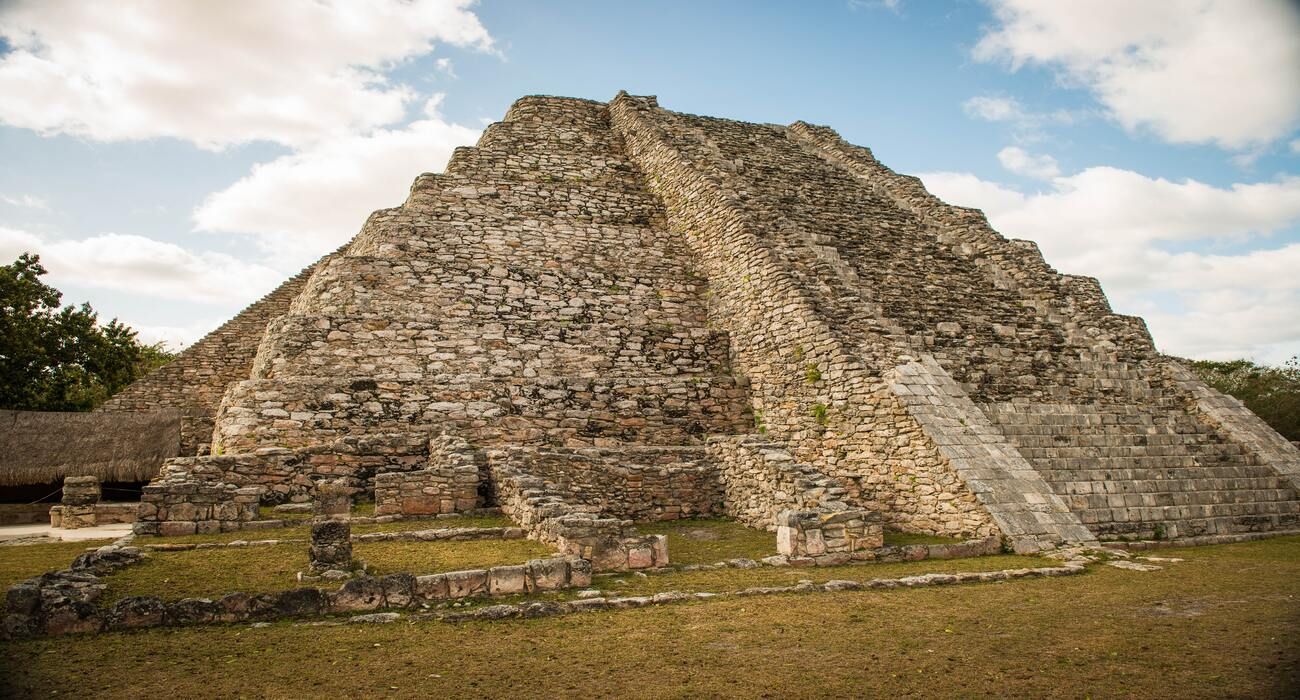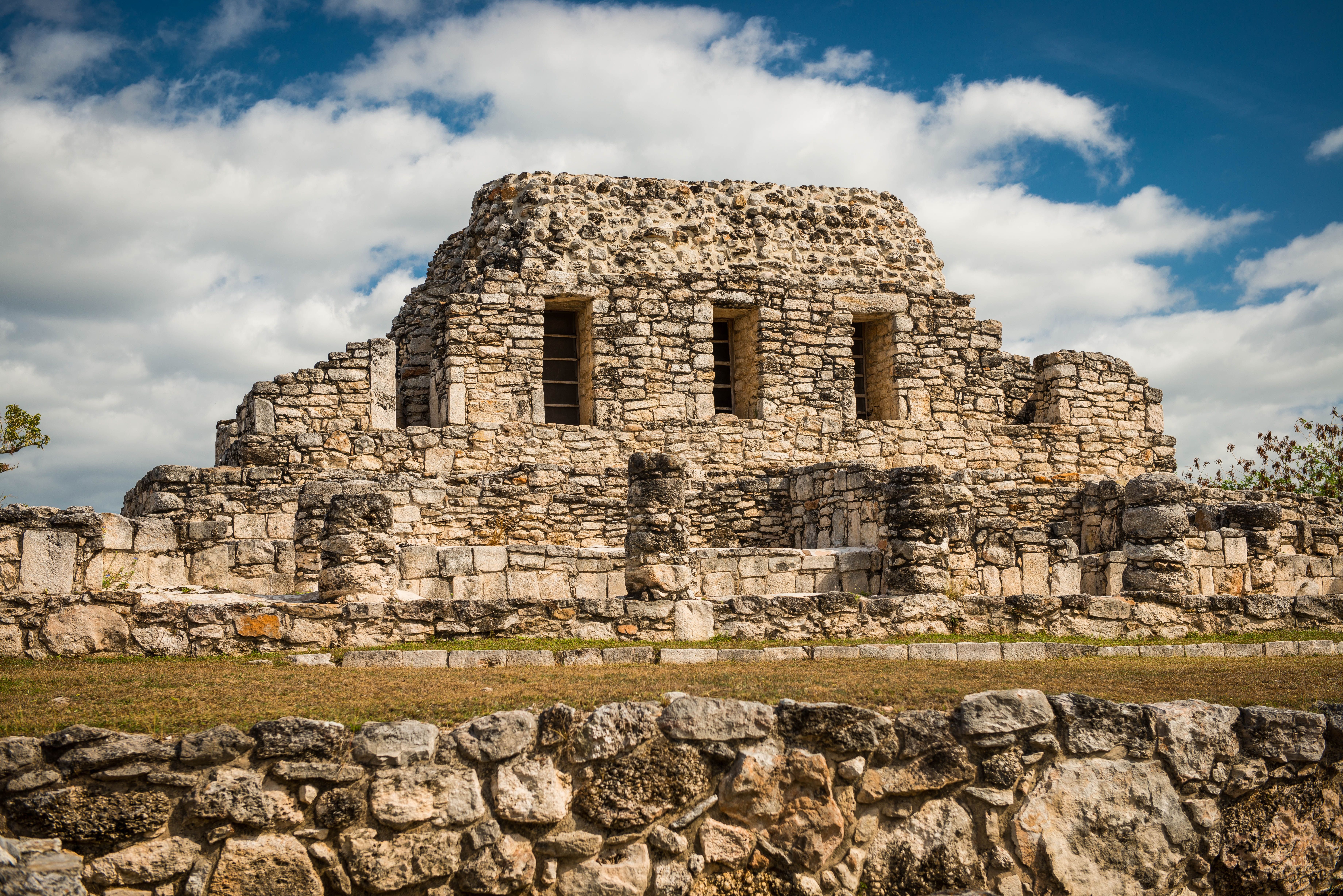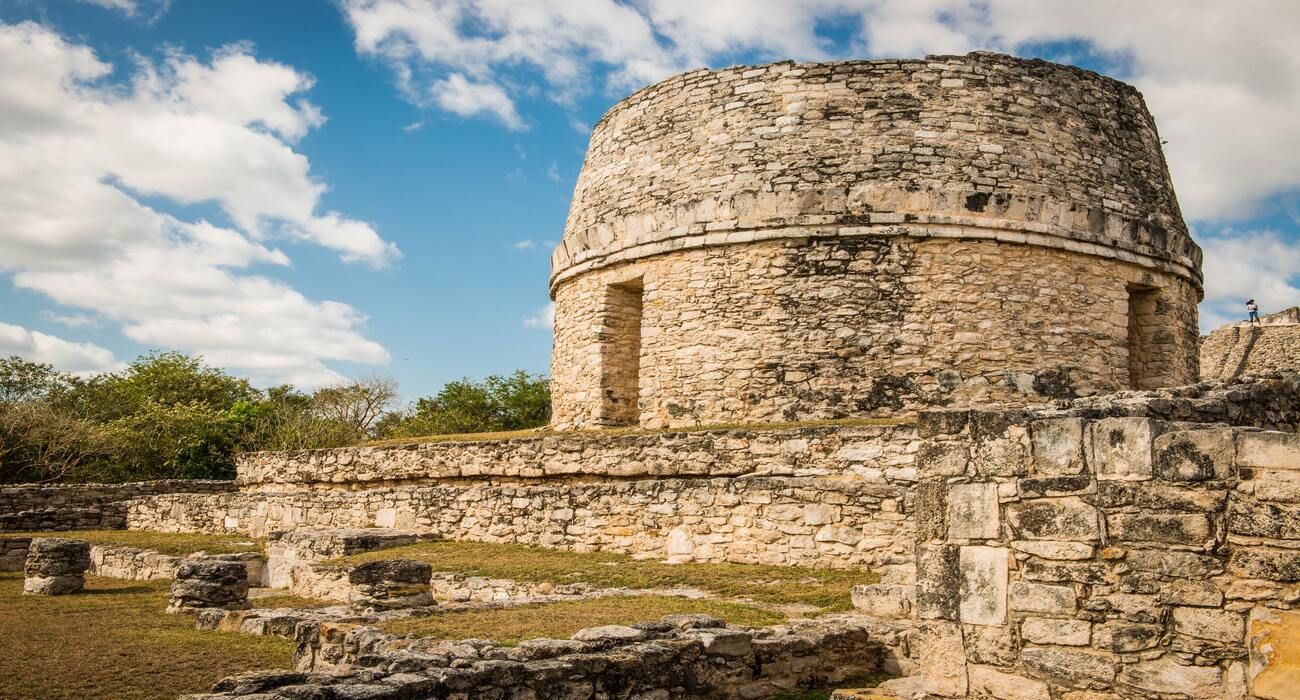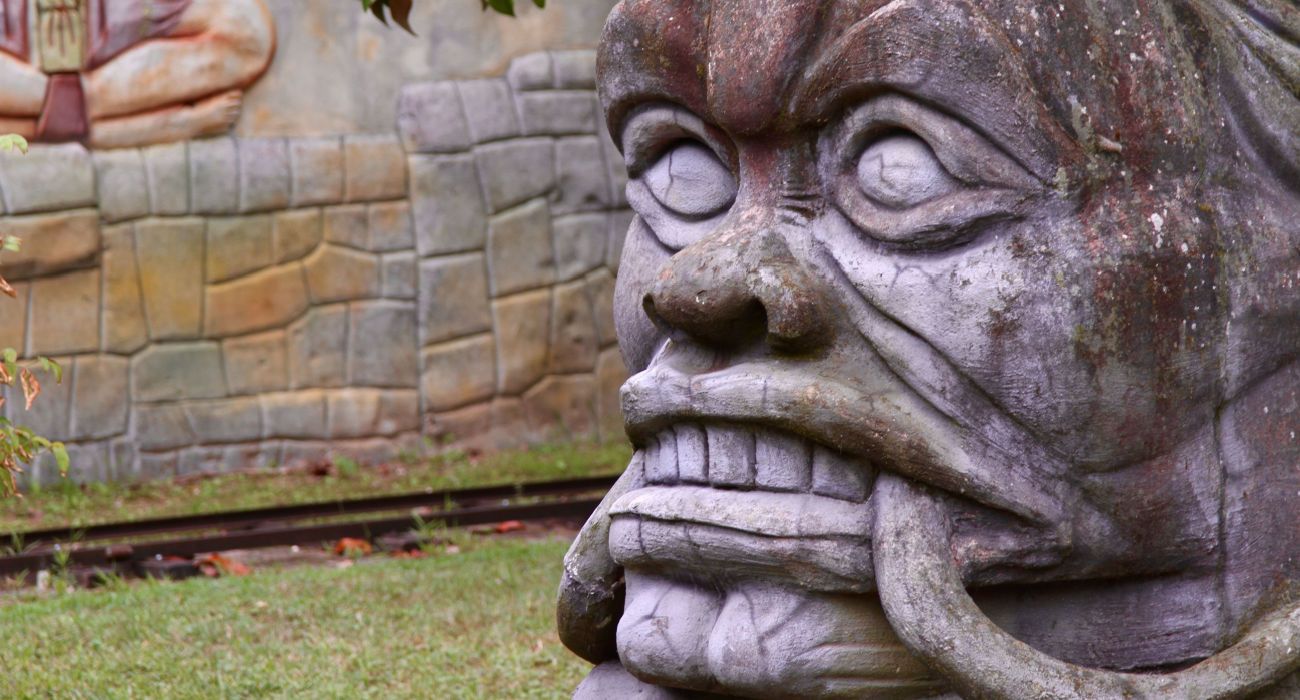Quick Links
Chichen Itza may be the most famous of Mexico's ancient Maya ruins and Tikal may be the most known in Guatemala, but these are far from the only significant Maya archeological sites worth visiting today. The most impressive Maya ruins are found across five modern countries occupying the Yucatán Peninsula area. Some of these cities remain reclaimed by the jungle and have not been extensively excavated or opened as tourist attractions.
There are plenty of incredible but lesser-known Maya ruins dotting Mexico's Yucatán Peninsula area. One of the most significant is Mayapan. Any ultimate guide to the Yucatán Peninsula will likely also include many of the lesser-known but still impressive ancient Maya cities.
Why Is Mayapan Important?
Mayapan is a Pre-Columbian Maya archeological site around 40 km or 25 miles southeast of Merida and around 100 km or 60 miles west of Chichen Itza. Mayapan is located in the modern Mexican state of Yucatán.
In its heyday, Mayapan was the political and cultural capital of the Maya of the region in the Last Post-Classic Period (a time from the 1220s to the 1440s). Mayapan rose to the fore after Chichen Itza and is known as the last great Maya city. When Chichen Itza fell, the king and his people moved to Mayapan.
Mayapan is considered one of the most important Maya ruins, but today it is overshadowed by Chichen Itza with its more impressive ruins. For the time, Mayapan was a notably sized city with between 15,000 and 17,000 people living in it and with over 4,000 buildings within its walls (plus more dwellings located outside the city walls).
- Peak Population: Around 15,000 to 17,000
- Period: Post-Class Period (950 to 1500 AD)
- Mayapan Size: 1.6 sq miles or 4.2 sq km
The History Of Mayapan: The Story, Warfare, & Downfall
Mayapan was the shared capital between the Xiu and the Cocom - two major cultural groups of the time. Eventually, internal feuding between the two groups erupted into open warfare. The Xiu revolted and wiped out many of the Cocom (who were the ruling class). The Xiu later returned to their old homelands in the Puuc Hills and abandoned the site. This didn't end the feuding between the two groups, and it continued as the Spanish arrived and pushed into the area.
Eventually, it seems Mayapan was abandoned after being destroyed through internal strife. Excavations of Mayapan started in 1939, with research and excavations continuing today. Excavations have pushed the date of the founding of the city further back from what had been previously thought.
What To See At Mayapan Today
Visitors see a number of familiar sites of Mesoamerican cities. There is a broad plaza, the Pyramid of Kukulcan (not to be confused with the larger pyramid of the same name at Chichen Itza), temples, the Cenote Ch'en Mul, and many residences. While Chichen Itza features ballcourts, Mayapan seems to lack them. Residential areas of the city also seem to be constructed rather haphazardly without an organized urban plan.
The total number of steps at Chichen Itza adds up to 365 - corresponding to the number of days of the Haab (the civil calendar). In contrast, the number of steps at the pyramid at Mayapan adds up to 260 - the number of days in the Tzolkin (the sacred calendar). From the top of the pyramid, visitors can enjoy great views of the surrounding area.
The wall of the ancient city is 5.6 miles or 9 kilometers long and has twelve gates (seven of which are major gates with vaulted entrances). There were as many as 40 cenotes in the city. Cenotes and caves were of spiritual significance to the ancient Maya. Cenotes were often used for sacrifices and offerings, and Mayan caves were seen as the conduits to the underworld.
Planning A Visit To The Archeological Site Of Mayapan Today
One of the benefits of visiting lesser-known archeological sites like Mayapan is that the admission fees are considerably lower than that of more famous sites like Chichen Itza. While the admission fee for foreigners at Chichen Itza is around $35.00 per person, it is only $3.50 at Mayapan. That being said, it lacks many of the facilities of Chichen Itza, like food services and an on-site museum.
- Mayapan Admission Fee: $3.50 or 65 Pesos
- Mayapan Opening Hours: 8.00 am to 5.00 pm
- Services: Restrooms
The archeological site of Mayapan is open from 8 am to 5 pm, and there is no accommodation nearby. For dining, there are restaurants in the nearby town of Telchaquillo.
Visitors only need around an hour to explore the core of the ancient site, and they can climb the pyramids. See the archeologists continuing to excavate the site; who knows what else they will find and what new secrets Mayapan is waiting to give up?





